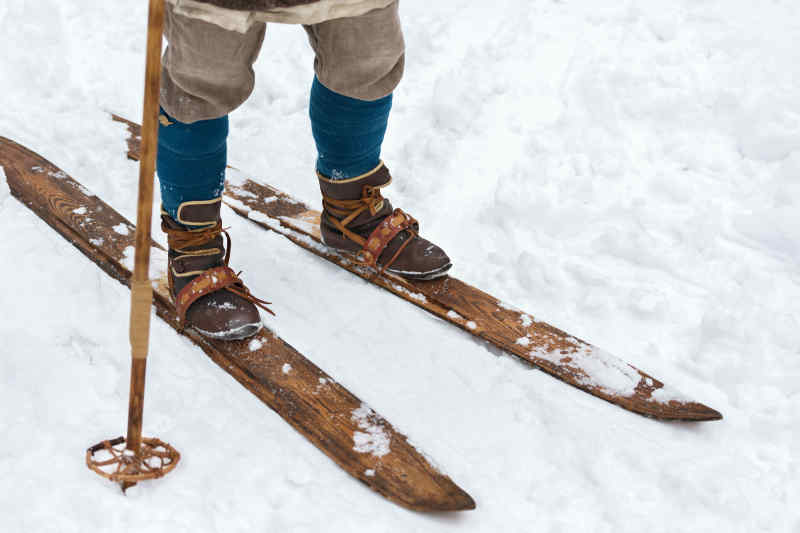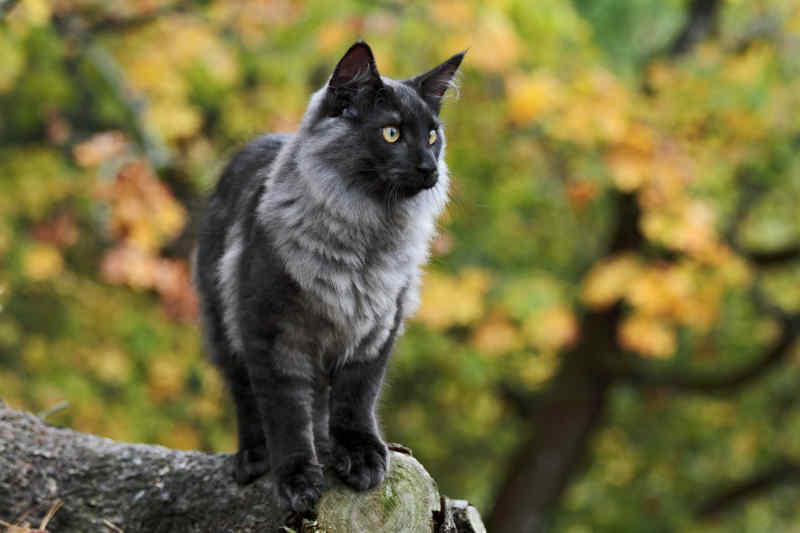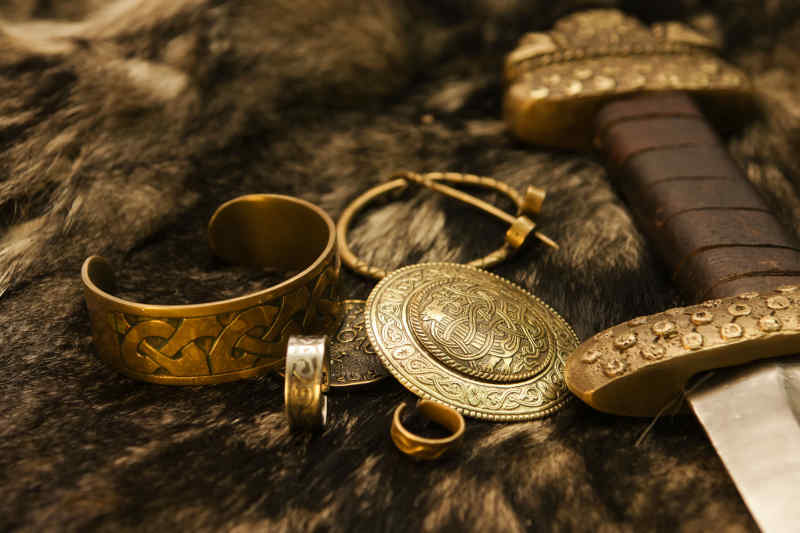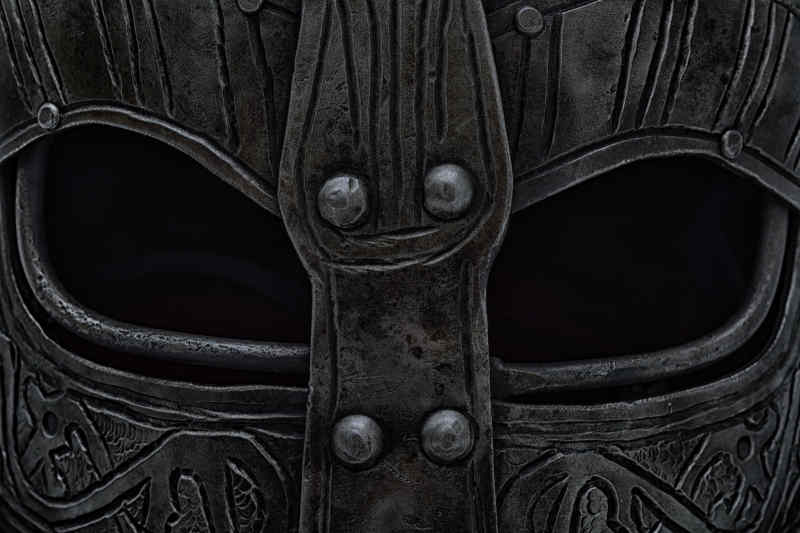By Rachael Funk
Between AD 800 through the 11th Century, a large number of Scandinavians left their homes to seek fortune. The next three centuries were spent curating a reputation for being warriors, raiders, and traders in Britain, Russia, Iceland, Greenland, and Newfoundland. The name “Viking” came from the Old Norse word vik, which means “bay” or “creek” and became vikingr, meaning “pirate.” Here are 10 interesting facts about Vikings you may not know!
1. Vikings skied
Part of Scandinavian culture for over 5,000 years, skiing was not only used as a means of transportation by Norsemen, but also a recreational activity. According to Danish historian Saxo Grammaticus, skis were even used in Viking warfare. Norse mythology even celebrates a god of skiing called Ullr. In the old legends, both Ullr and the Norse goddess Skadi were described as skilled hunters on skis.
2. Hygiene was abandoned for Christianity
Before Scandinavia converted to Christianity, good grooming habits were highly valued in Norse culture. Visitors have written accounts criticizing the Scandinavians for being “too clean” thanks to their practices of daily hair combing, weekly bathing, and regularly changing their clothes. As Christianity spread, these habits were condemned as vanity and eventually medieval Vikings stopped their hygiene rituals.
3. Vikings loved cats
Cats were highly prized in Viking communities and domesticated to live on farms. They were used to keep pests away and thought of as vital members of the home. Vikings even took their cats with them on long voyages to neighboring countries. Cats were associated with the goddess of love, Freyja, who was said to ride a cart drawn by a team of cats. It is believed by some that kittens were a common wedding gift for the bride in order for her to be able to set up her new household.
4. The days of the week are named after Norse gods
Each of the days of the week (except for Saturday, which came from the ancient Romans and was named after the god Saturn) was named in honor of the gods. Sunday is named after Sol, the goddess of the sun. Monday is named after Mani, the goddess of the moon. Tuesday is named after Tyr, the god of war. Wednesday is named for Odin, who was sometimes known as “Woden,” giving us Woden’s day. Thursday is named for Thor, the god of strength and storms, and Friday is named for the goddess of marriage, Frigg.
5. Men would dye their hair blonde
Viking culture valued blonde hair and beauty standards of the time mandated a lighter hue. Men who had dark hair often used a strong soap which was high in potash to bleach their hair. Some even bleached their beards. An added bonus of the bleaching soap was that it killed head lice.
6. They also practiced tooth modification
Excavated Viking skeletons that date from AD 800 – 1050 showed deep, horizontal grooves filed into the front teeth. It is speculated tooth carvings were pigmented red in order to intimidate foes in battle. The reasons for the tooth filing is not certain, but may have been a symbol of achievement.
7. Wedding swords (and rings) were exchanged
During weddings, the groom would present his ancestral sword to his bride, which she kept to pass on to future sons. Then, the bride would present the groom with a sword from her ancestors, which symbolized an expansion of familial protection. The exchange was sanctioned by magic rituals, then the bride and groom would perch each other’s wedding rings on the hilt of their new swords and offer them to each other.
8. Alcohol was treated as a sacred beverage
Literature and archeology agree that Vikings had a drinking culture. Viking mythology tells of drinking, beer making, and Valkyries bringing refreshment to fallen warriors in Valhalla. A legend of Odin stealing mead became one of the best-known stories in Norse folklore. In real life, drinking was part of every celebration and gathering. During big events, warriors would be served by the lady of the house then hail the gods and their ancestors and make sacred oaths. It was believed that by doing this, men would be able to weave their fates and address the gods.
9. They didn’t wear horned helmets
The imagery of Vikings in horned helmets dates back to the 1800s, when Scandinavian artists such as Gustav Malmstrom added the details in their art. Then, in 1870, costume designer Carl Emil Doepler created helmets with horns for Wagner’s staging of “Der Ring des Nibelungen.” The stereotype caught on and Vikings have been portrayed as horn-wearers ever since.
10. Vikings beat Christopher Columbus to America
Though Christopher Columbus is credited with “discovering” the Americas, Viking explorer Leif Erikson beat Columbus to North America by about 500 years and called it Vinland. Exploration was a family legacy for the Erikson family (whose last name can also be spelled Eriksson, Ericson, Erickson, Ericsson, and Eiriksson). Erik the Red, Leif Eriksson’s father, founded the first European settlement in Greenland after being exiled from Iceland for murder.












